The “Big Lifts”, Common Mistakes, and How to Fix Them – Part I – The Squat

Part of my responsibility for Driveline Baseball is not only to write weekly blog posts, but also to serve as a resource for the Driveline-U program.
The Driveline-U program gives me the unique opportunity to work with many athletes, in addition to the several hundred that I work with at a daily basis in the high school setting, only from a distance. The interesting part is that the two population groups that I work with generally possess similar characteristics; they are amateur athletes with very limited training experience (training age in the 0-2 year range).
As a result, these two population groups – the high school athletes and the Driveline-U players – inevitably too exhibit many similarities in their lifting technique as well. It has been, in a sense, enlightening to see that the athletes of DeLand High School in Central Florida tend to have the same technical movement proficiencies and deficiencies as, say, a college freshman ballplayer in Kansas, a high school sophomore in California, or a graduating high school senior in Pennsylvania – given they possess the same training experience, of course.
Because of this, a lot of the feedback given to new Driveline-U members in regards to the first iteration of their lifting videos sound very much alike. This has made me realize that the feedback that I am disseminating to each Driveline-U athlete would most certainly benefit many other athletes.
Thus, I have decided to write a three-part series discussing three of the major exercises that we evaluate in the Driveline-U program (and that I personally evaluate at the high school level as well), the common mistakes that I generally see with each, and some suggested fixes for each.
Today we will discuss the Squat.
Part I – The Squat
The squat is one of the greatest bang-for-your-buck exercises in all of strength and conditioning, incorporating nearly every muscle that you can think of from the waist down and, if done right, from the waist up as well.
Doubt the squat’s efficacy or effectiveness? Allow me to point you to its prevalence in the sport of Powerlifting (the “Big 3” in Powerlifting are the Squat, Bench Press and Deadlift), in the sport of Olympic Weightlifting (Cleans and Snatches incorporate the Front Squat and Overhead Squat, respectively), in the training for nearly every individual team or individual sport, and even in the aesthetic sport of body building.
A major key to the Squat’s effectiveness is its versatility; there are hundreds of squat variations. You can load the weight anteriorly (in the front), posteriorly (in the back), off-set or unilaterally (one-sided), or overhead. You can use all sorts of resistances, such as barbells, dumbbells, kettlebells, landmines, bands, chains, bodyweight, or sandbags. You can perform it with many different stances, like wide, narrow, off-set, or unilateral (one-leg). There are various speeds, tempos, and ranges of motion to perform the squat as well. You can even perform it ballistically through various jumps.
With all of these factors in mind, there are countless permutations of squat variations to choose from. Combine this with its proven effectiveness and you’re left with one of the greatest, most versatile exercises imaginable – one that would be beneficial to just about any athlete, including the baseball pitcher.
That being said, none of these exercises should be considered available for use until the athlete proves that they can proficiently and safely perform the most basic regression of the squat: the bilateral squat. And, it is this basic regression that most struggle with, oftentimes without even knowing it.
Utilizing Hip Displacement
One of the most common mistakes that I see with young trainees is the misunderstanding of the involvement of the hips in the squat’s descent. Most athletes, in my experience, simply think that the squat means they need to descend straight down. While the ultimate goal of the squat is to lower the center of mass by bending the knees, there is great hip range of motion occurring as well. Failure to utilize the hips properly will lead to a reliance on not only knee-flexion, but a compensation of greater ankle dorsiflexion (deeper ankle bend) as well.
Caption: here the lifter descends without appropriately displacing the hips posteriorly (backward). The knees translate forward, and the ankles must pick of the slack. Without good ankle range of motion, the spine ends up contributing significantly to bending as well. Know that the Front Squat’s anterior loading requires less hip displacement posteriorly, but generally lifters use Olympic Lifting shoes in order to elevate their heal, thus increasing dorsiflexion availability.
Instead, the lifter should attempt to displace the hips posteriorly as they descend into the squat. By doing so, greater hip flexion contributes to the overall descent, as opposed to ankle dorsiflexion and/or lumbar flexion.
In order to teach this to my athletes, we utilize the body weight squat on day one of training, while doing so with a tempo under my control. In other words, I have my athletes perform the body weight squat together at a set speed that I dictate by counting for them: 3 seconds down, 3 second pause at the bottom, followed by a controlled upward phase.
By controlling their tempo, a couple of major points can be emphasized in order to improve hip displacement.
First, I have my athletes exaggerate the posterior shift of their hips. In fact, I actually tell my athletes that their first move will be backwards with the hips, not down, and to “poke their hips back” on my command. Thus, the first set or two will begin with me cueing them to take a deep breath in, followed by, “Hips back!”
Once they flex the hips slightly, then we commence the downward phase of the movement.
After exaggerating this for one to two sets, we then smoothen out this process. At this point, I will then begin cueing the athletes to descend back and down into the squat, as if they are attempting to sit into an imaginary chair placed several feet behind them. They must reach for the chair as they sit into the squat, thus continuing to displace the hips posteriorly as they descend.
Knee control and foot pressure is also a vital point that goes hand in hand with hip displacement, and must also be mentioned.
Knee Control
Very rarely do I see an athlete that knows exactly how their knees should tract as they descend into the squat. Many athletes experience knee valgus, where their femurs adduct and their knees collapse inward.
Even if their knees don’t cave inward, they usually don’t abduct at the hips optimally. Athletes may feel like knee valgus is the strongest way to move the weight, but that is because it is the path of least muscular resistance, if you will. In other words, it feels “easier” because the muscles of the hips are not being used. But, this is an extremely vulnerable position for the knees and entire body, especially as the loads and volume increase.
More often than not, simply addressing the starting position and stance can help correct this issue, or in the very least attenuate it.
For starters, I tell my athletes the following up front: not everyone will squat the same. Limb and joint shapes and sizes can dictate what is deemed an “appropriate” squat stance, as can the loading pattern (e.g. front vs. back squat). So too can pathology.
But, with the bodyweight squat being our starting point, I generalize the stance to at least foster a solid base of movement quality:
“Feet a little wider than hip width. Toes out at 1 o’clock and 11 o’clock”
Before the squatting purists condemn me for generalizing the squat and also allowing the toes to point out, understand that setting this as the preliminary standard and allowing the athlete to adjust according with time and experience has yielded better results in my experience than strictly setting the toes straight ahead, or allowing the athlete free reign when picking the bodyweight squat.
A squat stance that begins unnecessarily wide (which often happens with an inexperienced trainee who has little or no coaching) coupled with little motor control or hip abduction strength (all common with new trainees) can inevitably lead to the aforementioned knee valgus. Too narrow of a stance may or may not contribute as much to knee collapse, but it can certainly derail a squat if the shape and size of the hip socket doesn’t allow for adequate or pain-free hip flexion. Thus, finding the right squat stance is a key aspect to address early in coaching the squat.
Teaching of hip abduction and external rotation itself can also improve knee tracking. In other words, learning how to create and feel tension in the hips prior to and during the descent. One way to teach this is to cue the athlete to do the following in the squat stance prior to descending:
“Screw your feet into the ground”
We are not trying to get the athlete to literally turn their feet, but rather, to lock them into the floor with slight external rotation and abduction of the hips. The movement is subtle, but the athlete will feel significant tensioning in the outside of the hips, while feeling the knees move outward slightly. This is a great initial starting position to set the athlete up for appropriate knee tracking during the descent.
Once the stance and set position above are understood, I would emphasize that the athlete “spreads the knees in order to make room for the upper body” as they descend. Again, the goal is to force slight external rotation and abduction of the femurs on the descent.
With these cues and set-ups hammered home under minimal to no external loading, the athlete will begin to have some cognitive awareness of what tension in the hips should feel like, and how the knees should track. The ascent, then, should self-organize and fall into place. Although, external cues such as a mini resistance band around the knees can facilitate the process as well, as can hip abduction and external rotation strengthening exercises during the warm-up or workout.
***
The squat may be one of the most beneficial and versatile movements in strength training, and can be used for nearly any sport or physical activity. But, with the potential reward that can be attained with the squat comes a heavy responsibility; there must always be proper coaching and diligent practice of the movement – it takes a slow and steady progression. And, without adequate coaching and practice, an even greater price may end up needing pay in the form of chronic or acute injury as a result of dysfunctional squatting under high volume and/or load.
Thus, athletes and coaches must leave their ego at the door and strive to fortify movement quality before seeking load and variation.
You can find further installments of the series below
Part II: The Bench Press
Part III: The Deadlift
Part IV: Pulling Exercises
Comment section
Add a Comment
You must be logged in to post a comment.
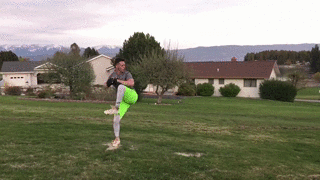
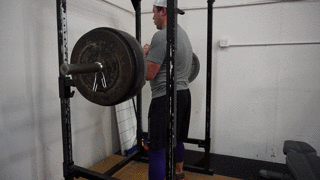
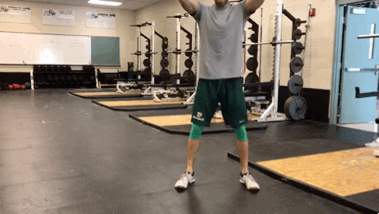
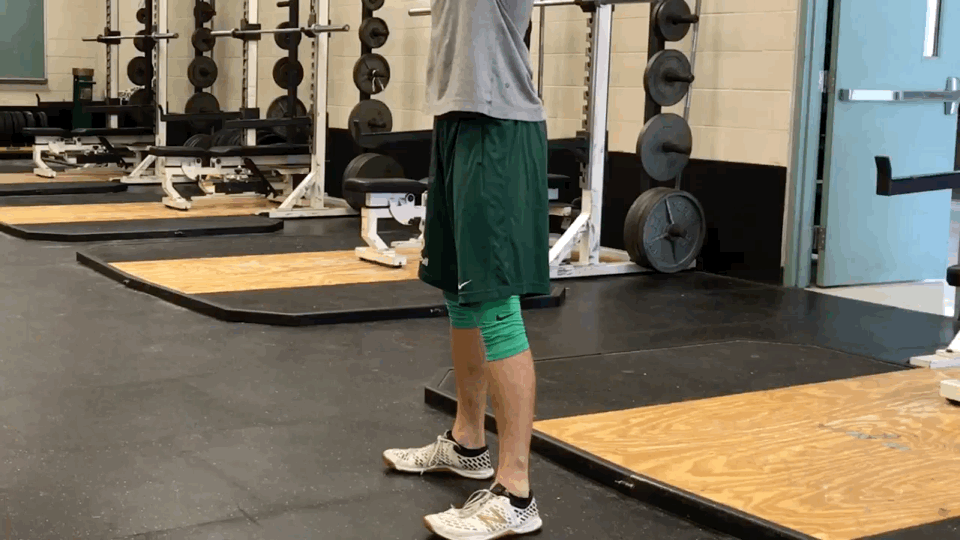
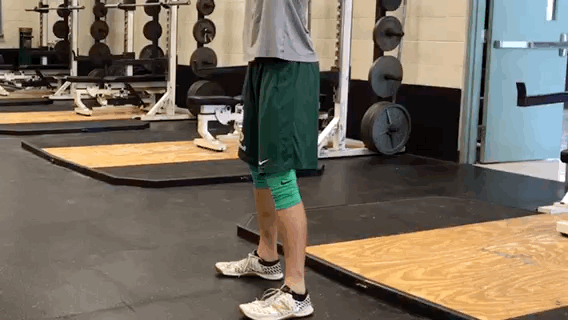
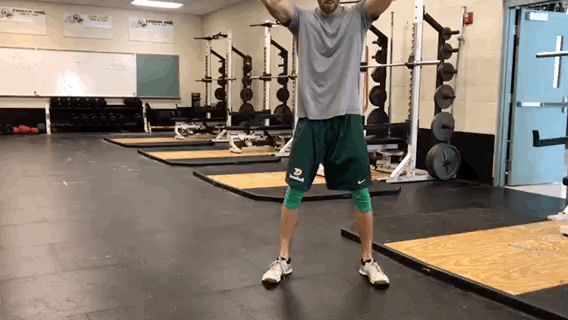
The "Big Lifts", Common Mistakes, and How to How to Fix Them - Part II - The Bench Press - Driveline Baseball -
[…] part one of this series we discussed the some of the common technical culprits that are generally seen in […]
The “Big Lifts”, Common Mistakes, and How to Fix Them – Part III – The Deadlift - Driveline Baseball -
[…] the first installment of this three-part series we discussed one of the most widely used and accepted exercises in all of […]
Strength for Baseball Hitters: Why It's Important - Driveline Baseball -
[…] Back Squat: 335 lbs. […]
Should Pitchers Bench Press? -
[…] to all you pitchers out there: While the squat (front or back) and the deadlift aren’t as sexy as the bench press, they’re simply […]